Teams should adjust their Width & Depth strategies depending on the field zone they have the ball in to maximize the attacking principle’s effectiveness.
Defensive third
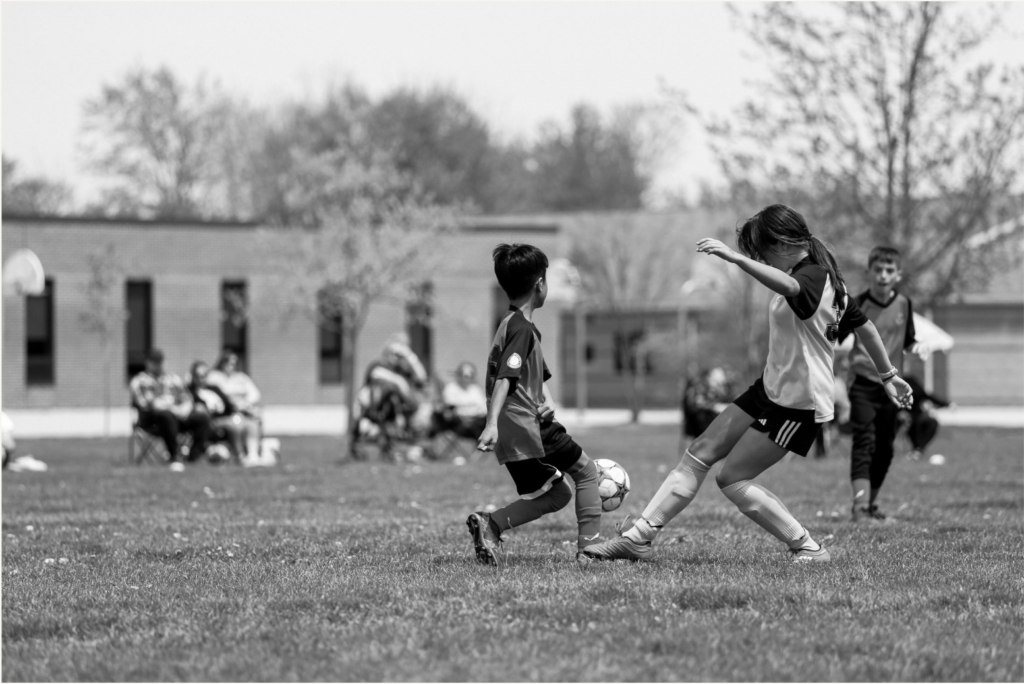
In the defensive third, the primary objective is to safely move the ball away from the danger zone. Width & Depth strategies in this area should focus on:

Defenders and midfielders must use the full width of the field by distributing the ball to wide areas, such as to wingers or fullbacks, to relieve pressure and stretch the opposition’s pressing lines.

Central players, such as holding midfielders, can drop deeper to provide safe, short passing options, helping the team to maintain possession and avoid losing the ball in a dangerous area.

In situations where the pressure is too high, defenders can use long balls to exploit the depth, targeting forwards or wingers making runs into the opposition’s half.
Middle third
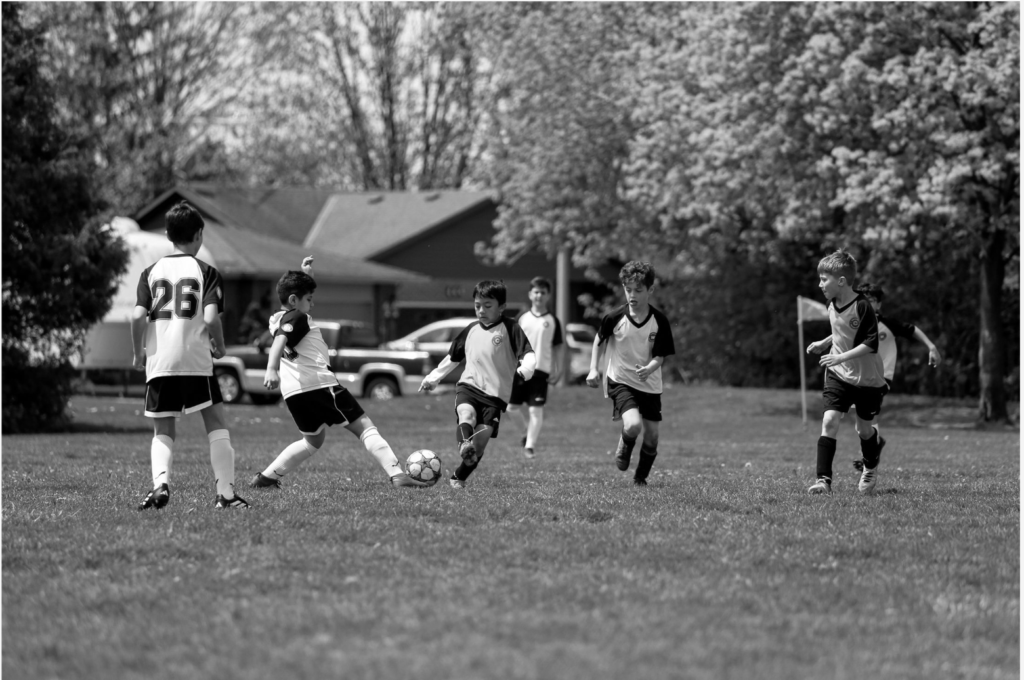
In the middle third, the objective is to control possession, probe the opposition’s defensive structure, and look for gaps to exploit. Width & Depth strategies here include:
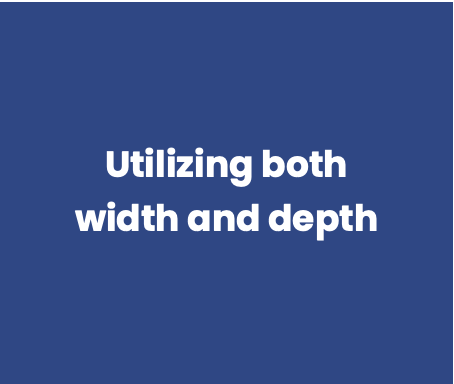
Players should maintain wide positions and make vertical runs to stretch the opposition’s defence in both dimensions, creating more space for ball circulation.
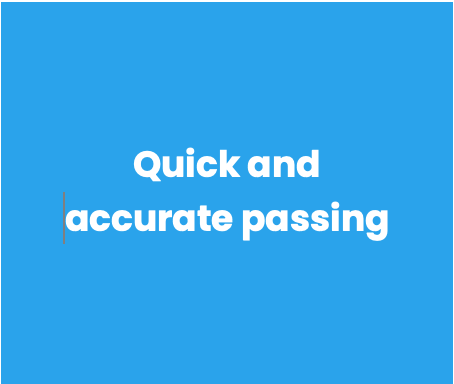
In this area of the field, players must focus on quick, purposeful passing to disorient the opposition’s defensive organization and exploit the space created by Width & Depth.
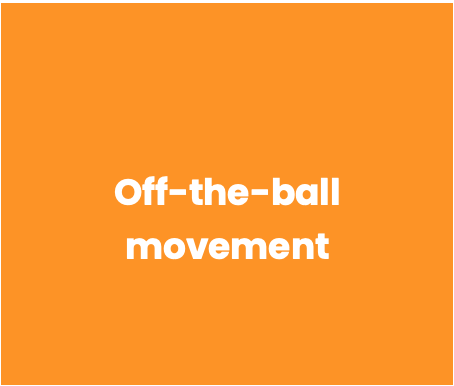
Central and wide players must make coordinated movements to create passing lanes, draw defenders out of position, and open up space for penetrative passes or dribbles.
Attacking third
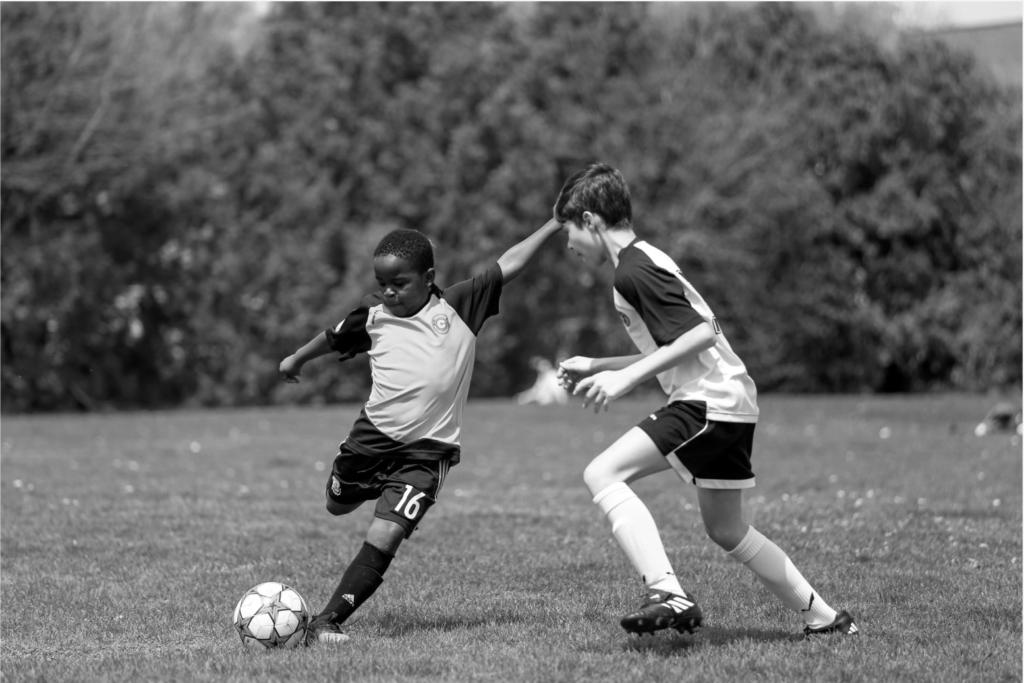
In the attacking third, the goal is to create goal-scoring opportunities by breaking down the opposition’s defensive structure. Width & Depth strategies in this area involve:
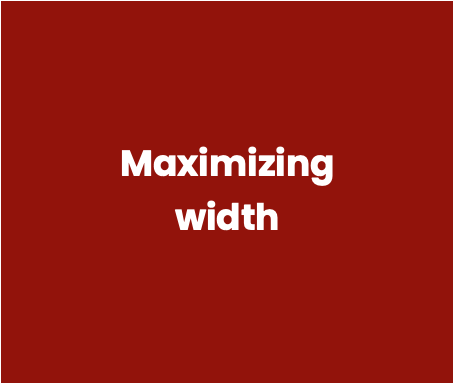
Wingers and fullbacks should maintain their positions close to the touchline, stretching the opposition’s defensive line horizontally and creating space for central players to operate.

Forwards and attacking midfielders must make well-timed, penetrating runs behind the opposition’s defensive line to stretch the defense vertically and open up space for decisive passes or shots on goal.
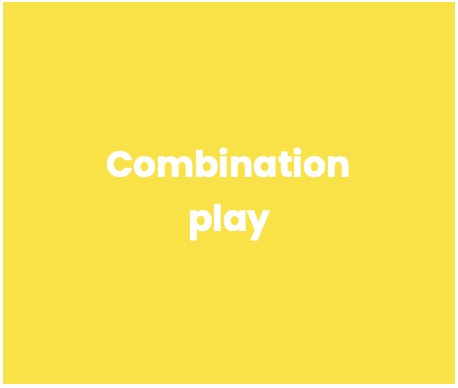
In the final third, players can use Width & Depth to create overloads and opportunities for combination play, such as give-and-gos or overlapping runs, to break through organized defenses.
By adapting Width & Depth strategies to different field zones, teams can effectively use the attacking principle to create space, maintain possession, and generate goal-scoring opportunities throughout the match.